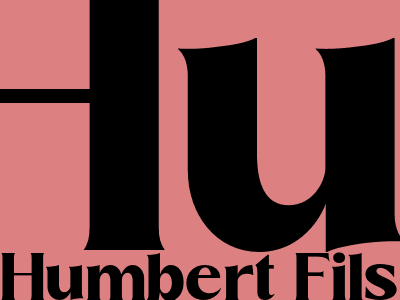
Mainstream Tobacco Companies Lose Market Share to Independents in 2022
Market Dynamics and Trends
In 2022, the tobacco industry landscape shifted significantly, with independent tobacco companies gaining market share at the expense of mainstream tobacco giants.
Major tobacco companies, such as Altria and Philip Morris International, have long dominated the industry, controlling a substantial portion of the market. However, the rise of independent tobacco companies has challenged this dominance in recent years, particularly in the alternative tobacco segment.
Factors Driving the Shift
1. Growing Popularity of Alternative Tobacco Products:
The growing popularity of alternative tobacco products, such as e-cigarettes and vaporizers, has played a key role in the rise of independent tobacco companies.
These products offer a perceived reduced-risk alternative to traditional cigarettes, appealing to a growing number of smokers looking for less harmful options.
2. Innovation and Product Diversification:
Independent tobacco companies have been more agile and innovative than their larger counterparts, introducing a wide range of new products to meet evolving consumer preferences.
This includes a focus on developing closed-pod systems, refillable devices, and heated tobacco products, which have gained popularity in recent years.
3. Niche Market Targeting:
Independent tobacco companies have successfully targeted niche markets, offering products tailored to specific demographics and preferences.
This includes targeting value-oriented consumers with lower-priced products and catering to adult smokers seeking alternative tobacco experiences.
Implications and Future Outlook
1. Fragmentation of the Tobacco Market:
The rise of independent tobacco companies has led to a fragmentation of the tobacco market, with a greater number of players competing for market share.
This has resulted in increased competition, lower barriers to entry, and a more dynamic and innovative industry landscape.
2. Consolidation and Partnerships:
As the tobacco industry continues to evolve, consolidation and partnerships are expected to play a significant role in the future.
Independent tobacco companies may merge or form alliances to gain scale, expand their product portfolio, and enhance their competitive positioning.
3. Regulatory Challenges:
The tobacco industry is heavily regulated, and independent tobacco companies face ongoing challenges in navigating complex regulatory frameworks.
Compliance with product safety standards, marketing restrictions, and tax regulations remains a critical aspect of operating in this industry.
Conclusion
The rise of independent tobacco companies in 2022 highlights the changing dynamics of the tobacco industry.
Driven by the growing popularity of alternative tobacco products, innovation, and niche market targeting, independent tobacco companies are gaining market share and challenging the dominance of mainstream tobacco giants.
As the industry continues to evolve, fragmentation, consolidation, and regulatory challenges are expected to shape the future landscape of the tobacco market.